Pasta Primavera with Summer Vegetables
This Pasta Primavera recipe is a colourful and nutritious side-dish that celebrates the freshness of seasonal vegetables. Enjoy with a side of protein like chicken, salmon, or tofu.
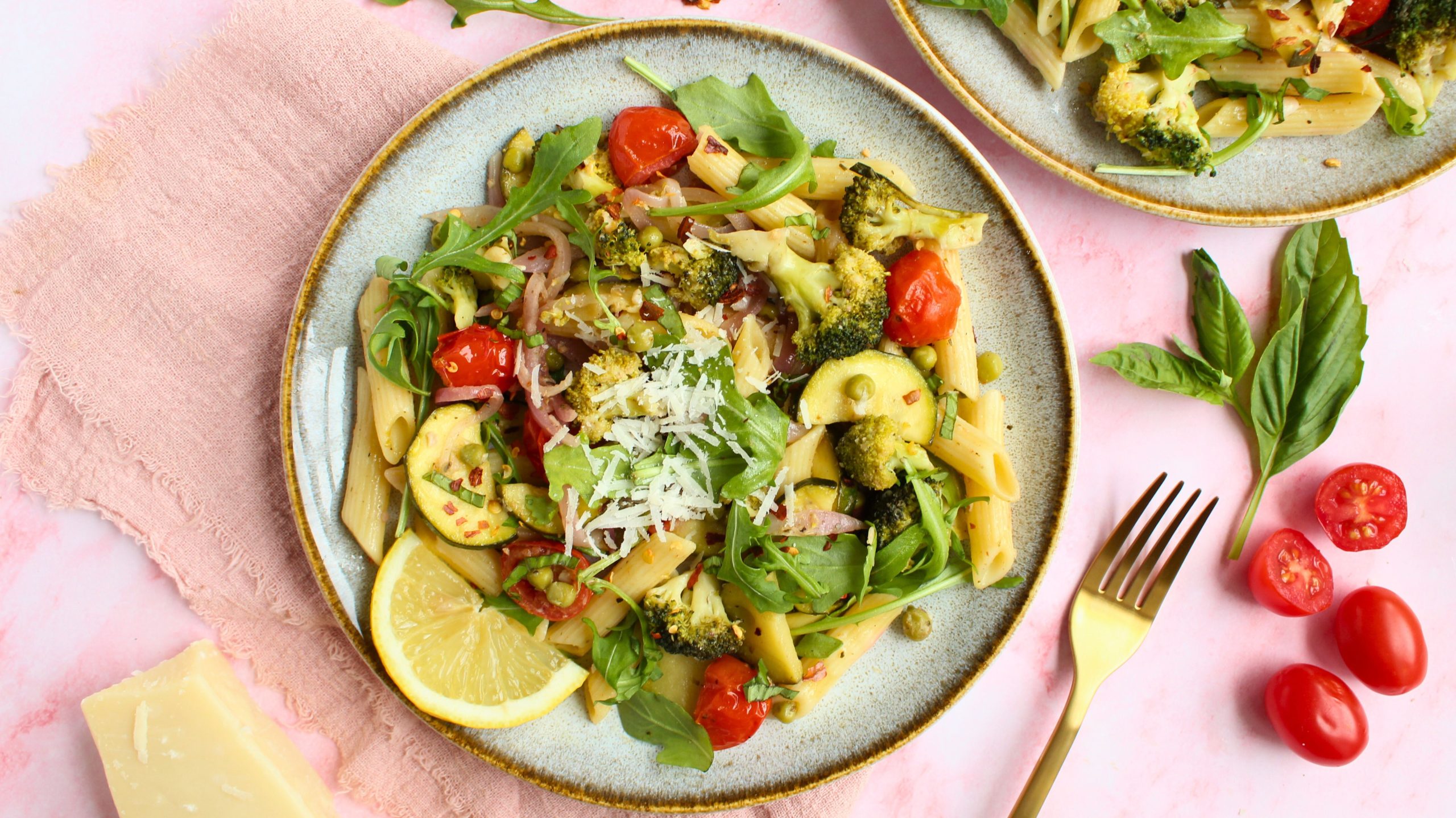
- Suitable for diets:
- High-Fiber
- Kidney Friendly
- Nut-Free
- Vegetarian
Servings:
Why Diabetes Friendly?
- High in fiber: The use of whole grain or legume-based pasta and the inclusion of a variety of vegetables make this dish high in fiber, which is beneficial for blood sugar control as it slows down digestion and the absorption of glucose.
- Low glycemic index options: Choosing legume-based pasta (like chickpea or lentil pasta) can provide a lower glycemic index alternative to traditional pasta, which may be advantageous for managing blood sugar levels.
- Rich in nutrients: This dish is packed with vitamins, minerals, and antioxidants from the variety of vegetables used, supporting overall health.
Advertisement
Equipment
- Pot
- Large skillet
Ingredients
- pasta (whole grain, chickpea or lentil) 8 oz
- olive oil 2 tbsp
- garlic (minced) 3 cloves
- red onion (thinly sliced) ½ medium
- broccoli (cut into florets) 1 cup
- zucchini (thinly sliced) 1 medium
- cherry tomato (halved) 1 cup
- basil (dried ) 1 tsp
- salt ¼ tsp
- pepper 1/4 tsp
- peas (frozen ) 1/2 cup
- Parmesan cheese (grated ) 1/4 cup
- lemon juice 1 tbsp
- red chili flakes (optional) ½ tsp
- greens (i.e. arugula, spinach, kale, roughly chopped) 2 cups
- basil (fresh, for garnish)
Advertisement
Cooking Tips
- Vegetable variety: Feel free to swap out or add more vegetables based on availability and preference. This dish is versatile and can accommodate many different types of vegetables.
- Al dente pasta: Cooking the pasta until it's just al dente (firm to the bite) can help lower its glycemic index compared to more thoroughly cooked pasta.
- Enhancing flavours: Adding a splash of the reserved pasta water helps to create a light sauce that coats the pasta and vegetables, enhancing the dish's overall flavour.
Advertisement
Instructions
- Cook your pasta according to the package instructions until al dente. Reserve ¼ cup of pasta water before draining. Set aside.8 oz pasta
- In a large skillet, heat 1 tbsp olive oil over medium heat. Add minced garlic and sliced red onion, sautéing until softened.2 tbsp olive oil, 3 cloves garlic, ½ medium red onion
- Add broccoli florets, zucchini, cherry tomatoes, dried basil, salt, and pepper and sauté for 5-7 minutes until the vegetables are tender-crisp.1 cup broccoli, 1 medium zucchini, 1 cup cherry tomato, 1 tsp basil, ¼ tsp salt, 1/4 tsp pepper
- Pour in frozen peas and cook until heated through, about 3-4 minutes.1/2 cup peas
- Add the cooked pasta to the skillet, along with pasta water, parmesan cheese, lemon juice, and red pepper flakes (if using). Toss the pasta and vegetables together until well combined. Cook for an additional 2-3 minutes to let the flavors meld.1/4 cup Parmesan cheese, 1 tbsp lemon juice, ½ tsp red chili flakes
- Divide the Pasta Primavera into serving bowls and top with a handful of greens, fresh basil, and extra parmesan cheese (optional).2 cups greens, basil
Advertisement
FAQ
- Can I make this recipe gluten-free?
Yes, by using gluten-free pasta such as those made from rice, corn, quinoa, or a legume-based option, this dish can be made gluten-free. Ensure all other ingredients are also gluten-free. - How can I add protein to this dish?
For a complete meal, add a side of grilled chicken, salmon, or tofu. You can also stir in cooked chickpeas or white beans for a vegetarian protein boost directly into the pasta. - Is Pasta Primavera suitable for meal prep?
Absolutely! Pasta Primavera can be prepared in advance and stored in an airtight container in the refrigerator for up to 3 days. It can be enjoyed cold, at room temperature, or reheated, making it perfect for meal prep.
Advertisement
Nutrition
Per serving
Calories: 225.1kcal
Carbohydrates: 35.7g
Fiber: 2.1g
Sugar: 2.9g
Fat: 6.7g
Saturated Fat: 1.5g
Trans Fat:
Protein: 9g
Nutrition Facts
Pasta Primavera with Summer Vegetables
Serving Size
1.5 cups
Amount per Serving
Calories
225.1
% Daily Value*
Fat
6.7
g
10
%
Saturated Fat
1.5
g
9
%
Cholesterol
3.6
mg
1
%
Sodium
195.3
mg
8
%
Potassium
392.3
mg
11
%
Carbohydrates
35.7
g
12
%
Fiber
2.1
g
9
%
Sugar
2.9
g
3
%
Protein
9
g
18
%
Vitamin C
34.8
mg
42
%
Vitamin D
0.02
µg
0
%
Calcium
89.7
mg
9
%
Iron
2.5
mg
14
%
Magnesium
81.7
mg
20
%
Zinc
1.5
mg
10
%
* Percent Daily Values are based on a 2000 calorie diet.
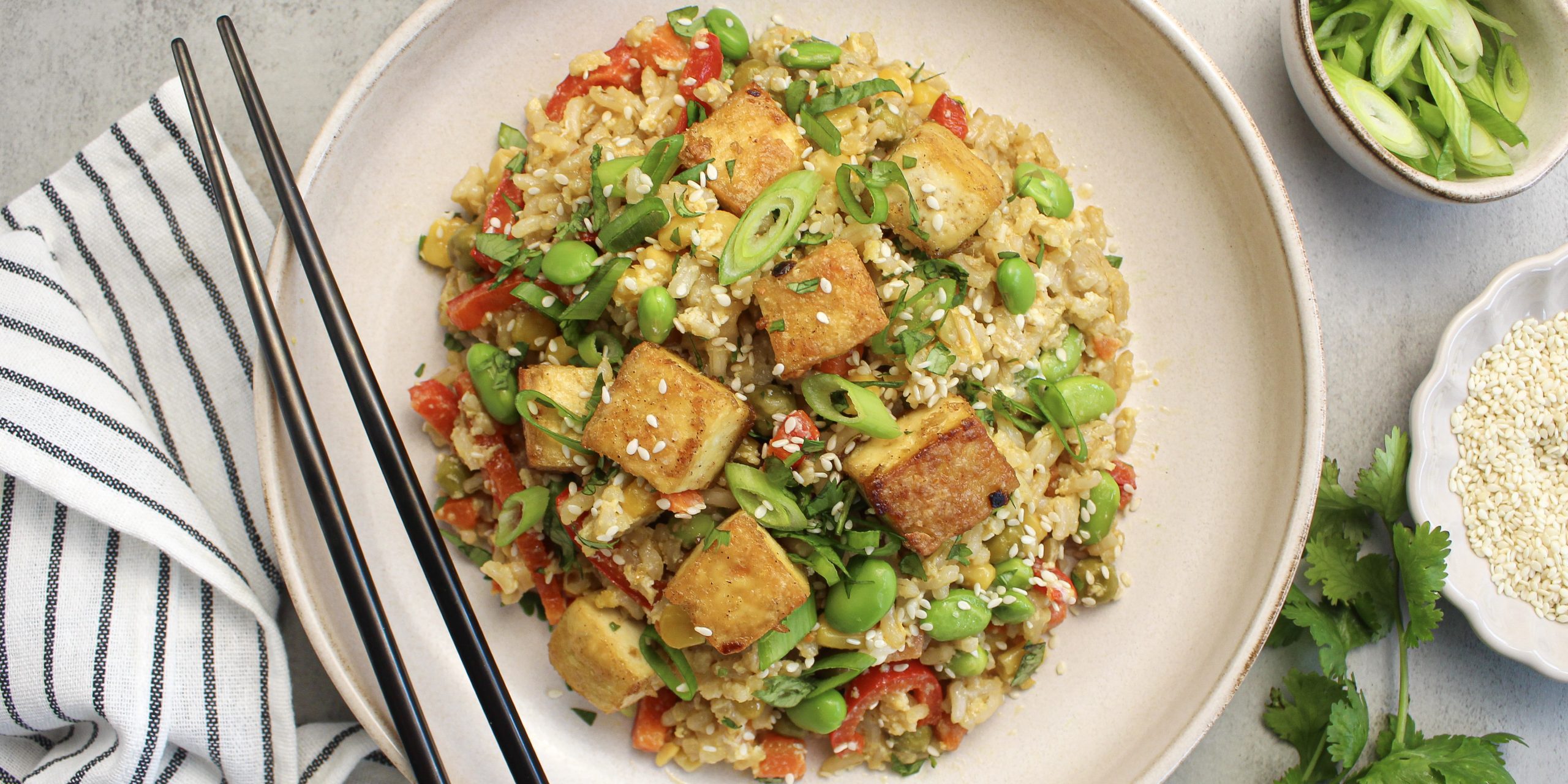
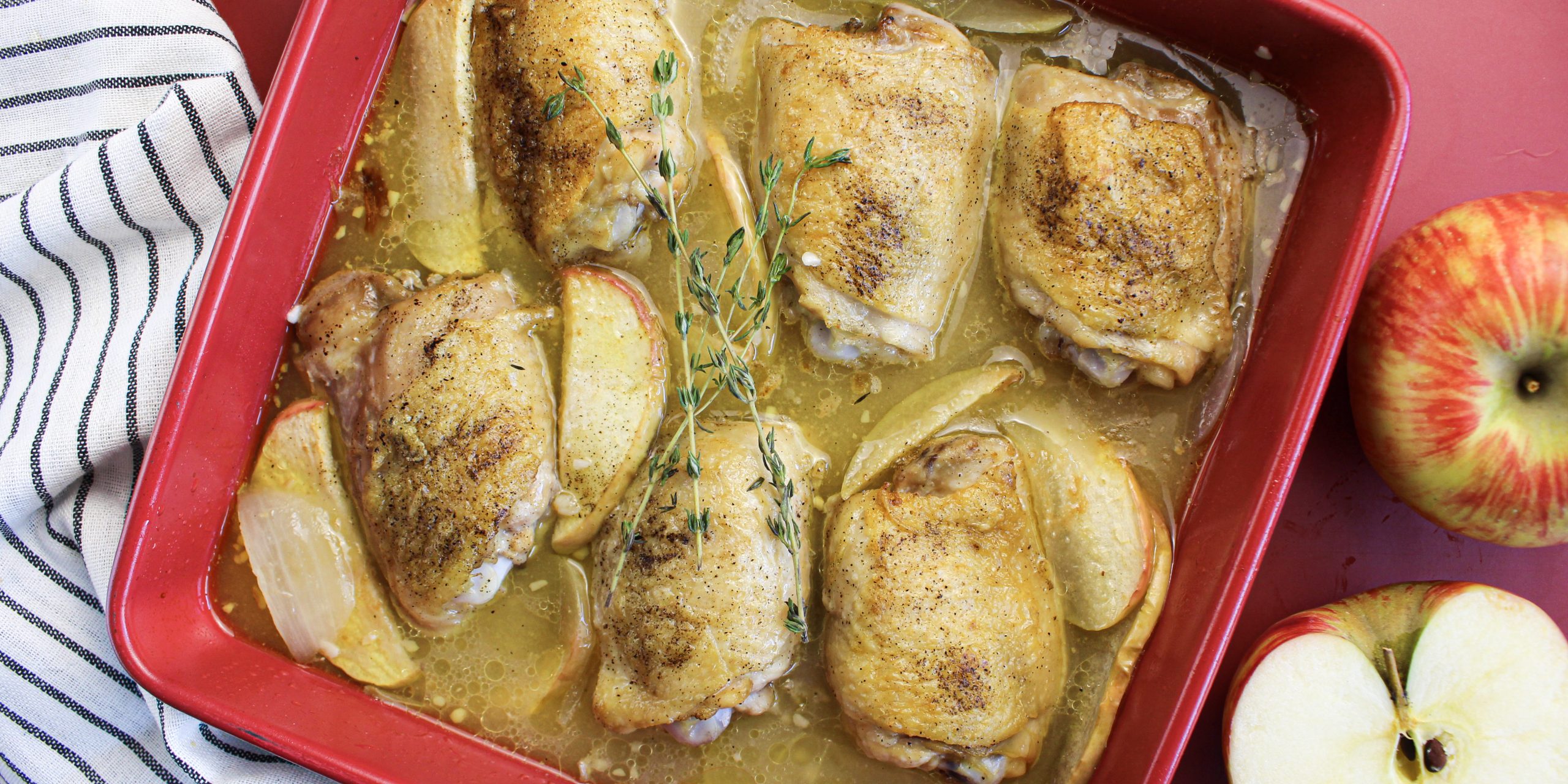
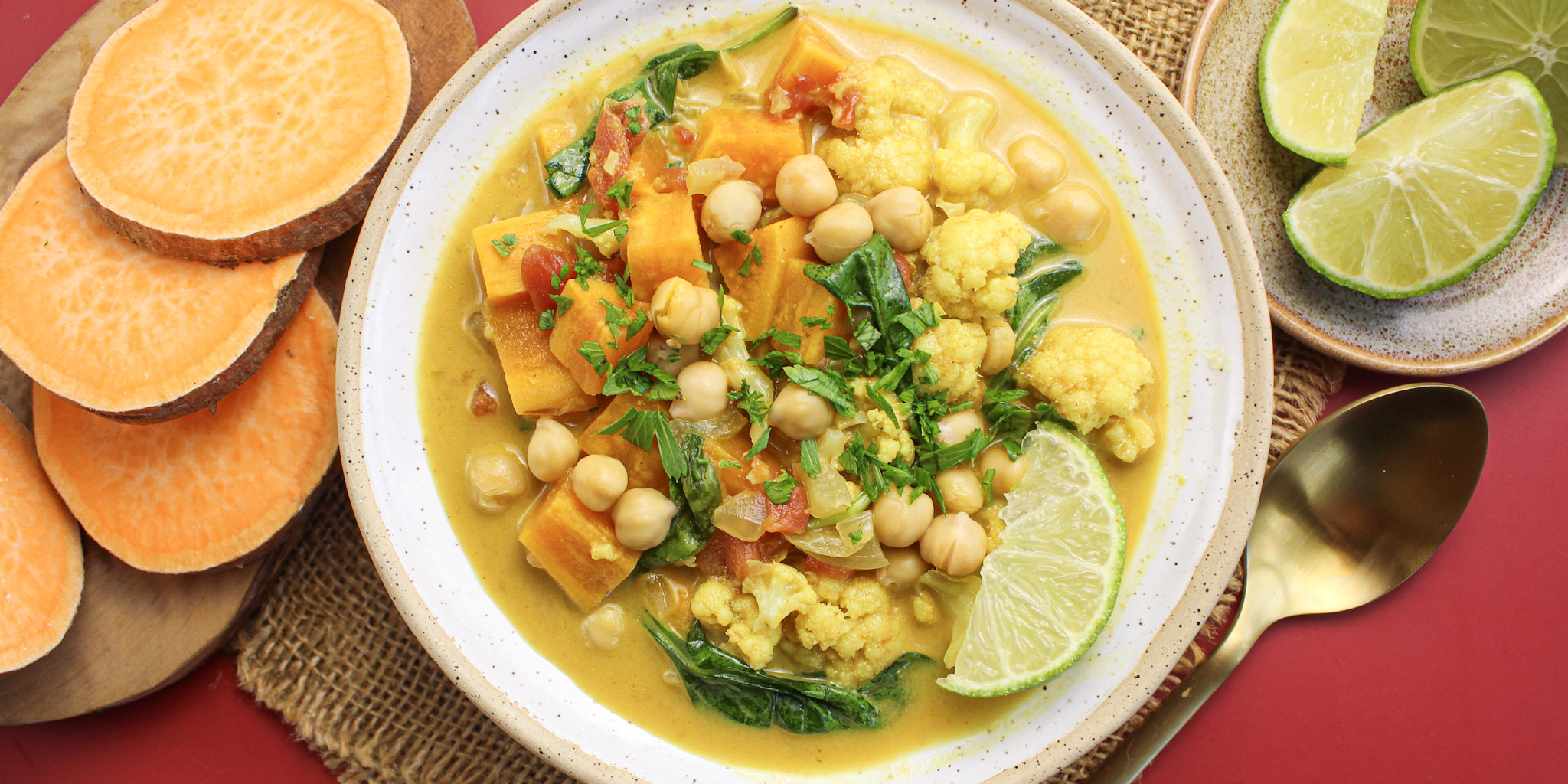
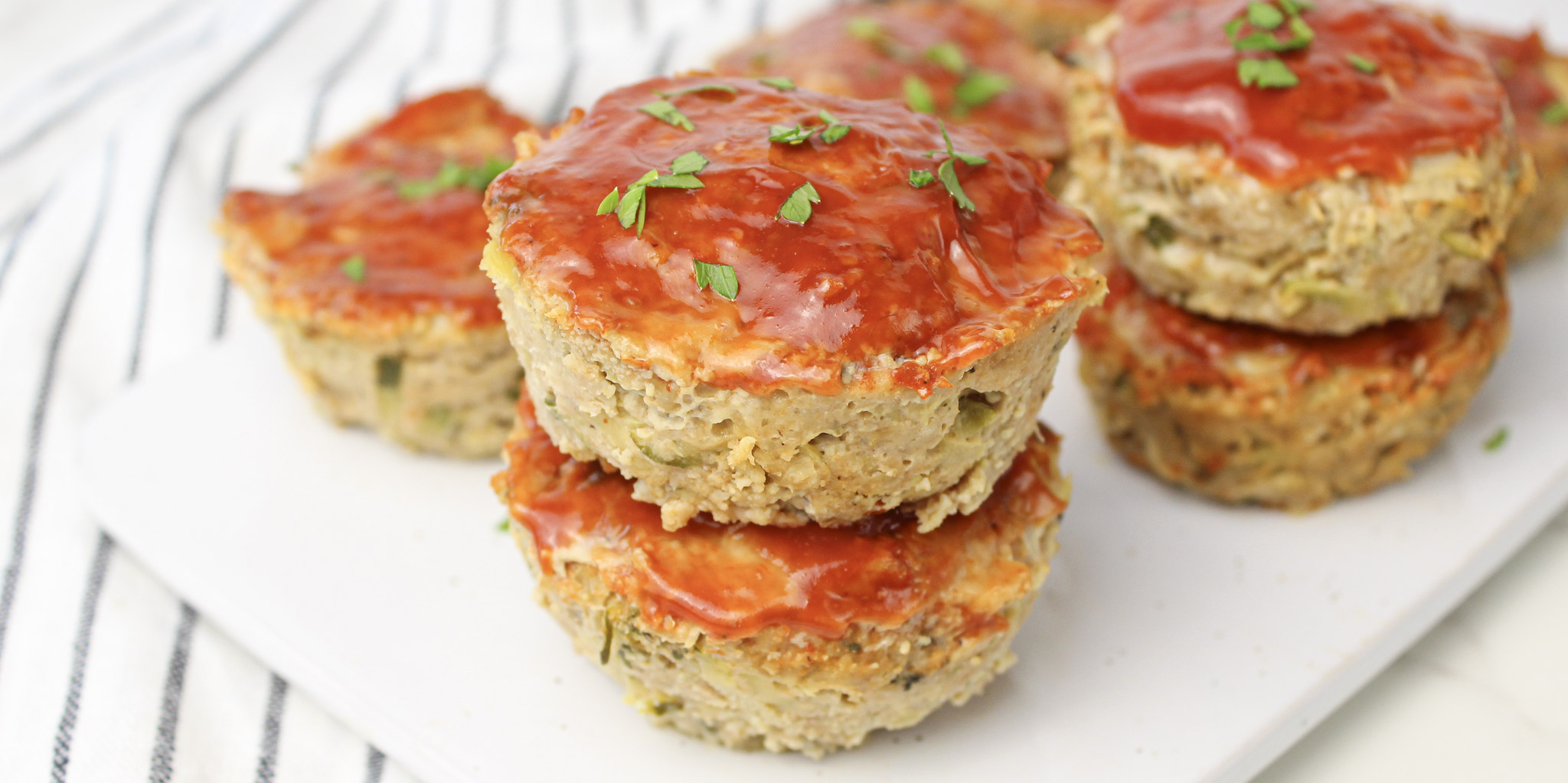
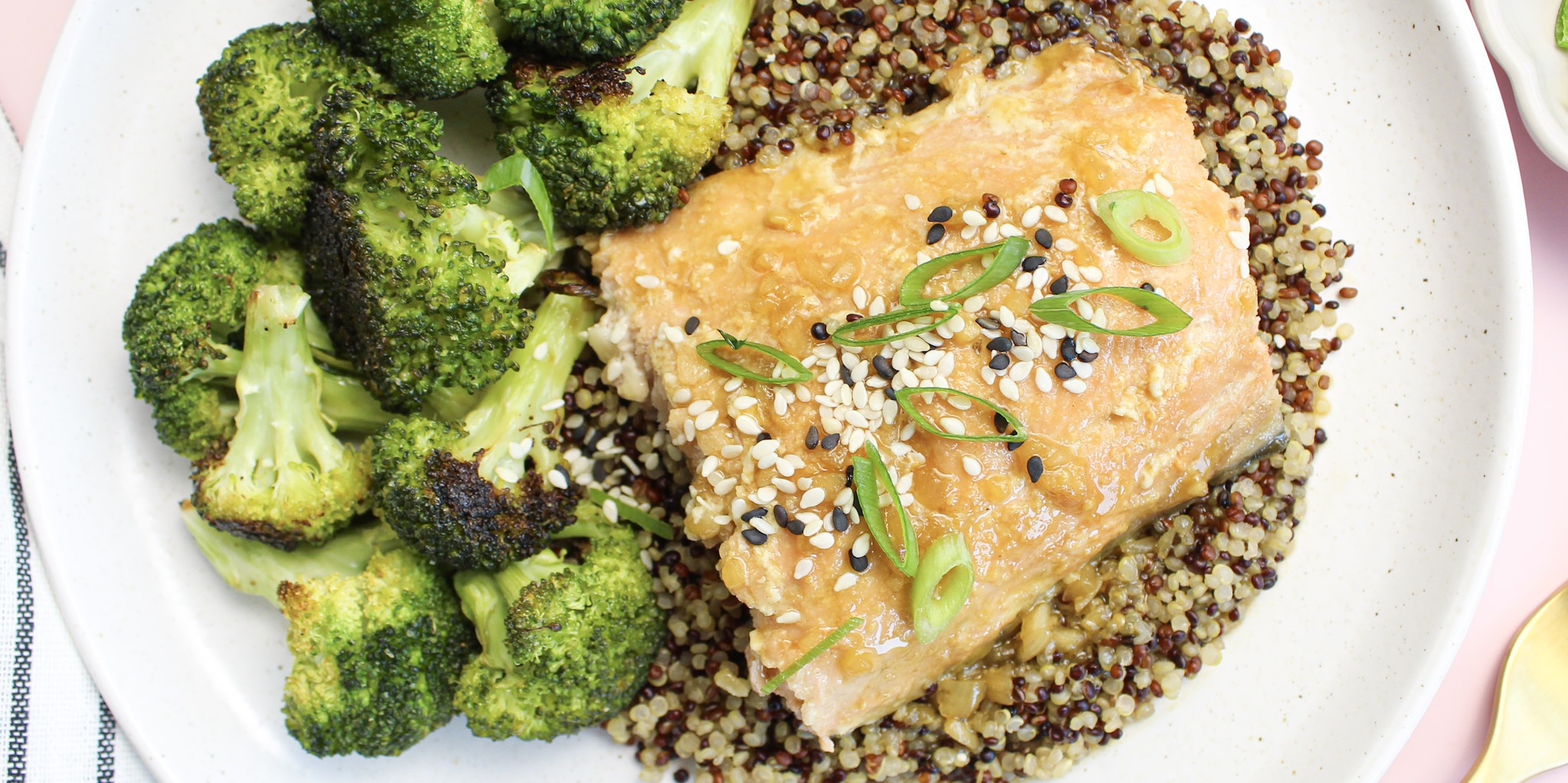




Leave a Reply
You must be logged in to post a comment.